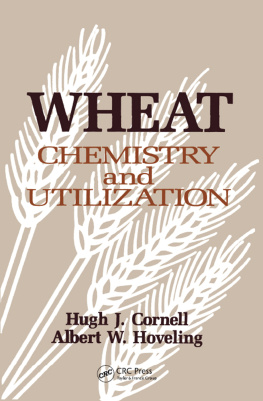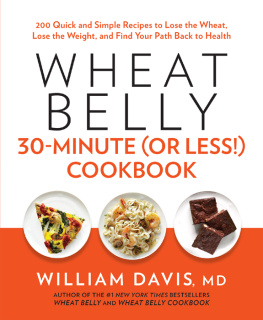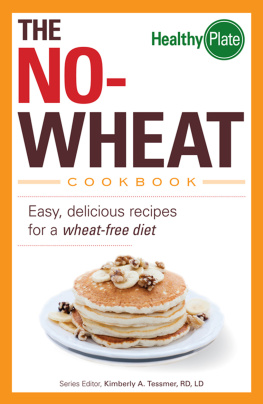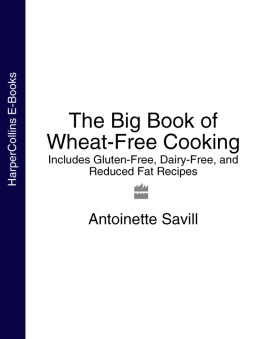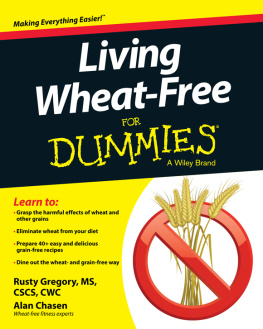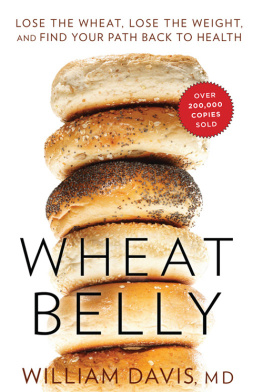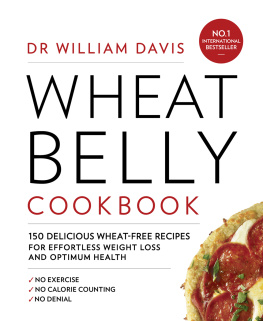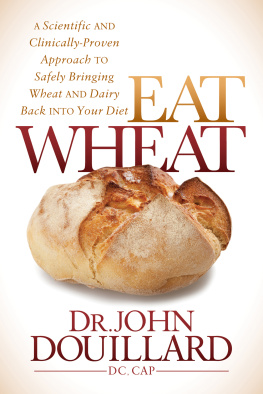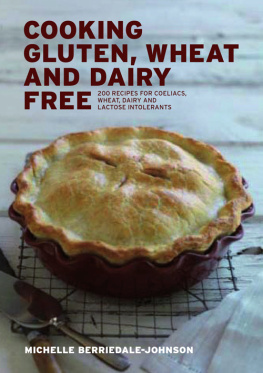Contents
Page List

WHEAT
WHEAT
CHEMISTRY and UTILIZATION
Hugh J. Cornell, Ph.D.
Associate Professor of Biological Chemistry
R.M.I.T. University
Melbourne, Australia
Albert W. Hoveling, Ph.D.
Senior Lecturer in Physical Chemistry
R.M.I.T. University
Melbourne, Australia
Wheat
First published 1998 by Technomic Publishing Company, Inc.
Published 2019 by CRC Press
Taylor & Francis Group
6000 Broken Sound Parkway NW, Suite 300
Boca Raton, FL 33487-2742
1998 by Taylor & Francis Group, LLC
CRC Press is an imprint of Taylor & Francis Group, an Informa business
No claim to original U.S. Government works
ISBN 13: 978-1-56676-348-6 (hbk)
This book contains information obtained from authentic and highly regarded sources. Reasonable efforts have been made to publish reliable data and information, but the author and publisher cannot assume responsibility for the validity of all materials or the consequences of their use. The authors and publishers have attempted to trace the copyright holders of all material reproduced in this publication and apologize to copyright holders if permission to publish in this form has not been obtained. If any copyright material has not been acknowledged please write and let us know so we may rectify in any future reprint.
Except as permitted under U.S. Copyright Law, no part of this book may be reprinted, reproduced, transmitted, or utilized in any form by any electronic, mechanical, or other means, now known or hereafter invented, including photocopying, microfilming, and recording, or in any information storage or retrieval system, without written permission from the publishers.
For permission to photocopy or use material electronically from this work, please access www.copyright.com (http://www.copyright.com/) or contact the Copyright Clearance Center, Inc. (CCC), 222 Rosewood Drive, Danvers, MA 01923, 978-750-8400. CCC is a not-for-profit organization that provides licenses and registration for a variety of users. For organizations that have been granted a photocopy license by the CCC, a separate system of payment has been arranged.
Trademark Notice: Product or corporate names may be trademarks or registered trademarks, and are used only for identification and explanation without intent to infringe.
Visit the Taylor & Francis Web site at
http://www.taylorandfrancis.com
and the CRC Press Web site at
http://www.crcpress.com
Library of Congress Catalog Card No. 97-61636
Main entry under title:
Wheat: Chemistry and Utilization
A Technomic Publishing Company book
Bibliography: p.
Includes index p. 421
To our parents and families including those who are now deceased.
Our immediate family: Margaret May Cornell, Ross Malcolm Cornell, Pamela Margaret Cornell, Merrin Andrea Cornell, Ruth Mavis Hoveling, Karen Ruth Hoveling, Steven William Hoveling.
Our parents: Hugh James Cornell, Dorothy Isobel Cornell, Albert Nicholas Hoveling, Grace Winifred Hoveling.
Our brothers: Murray Ernest Cornell, Leslie Raymond Hoveling, Francis Henry Hoveling.
Contents
7.6 Reactions Used for Determination of Protein Structure (1)
7.9 Determination of Protein Structure (2,3,4)
I T is now nearly 10 years since publication of the last major treatise on wheat (the AACC monograph Wheat: Chemistry and Technology). Thus, considering significant research advances during this decade, the increased knowledge and understanding of wheats composition and utilization, and todays increased interest in new uses for plant products, this volume is especially welcome. It provides novel up-to-date perspectives on many aspects of wheat and its utilization. It offers valuable well-written summaries of complex topics, with a global outlook.
The 422-page volume is organized in nine sections that review knowledge of the components of the wheat kernel and relate this knowledge to the wide range of products that can result.
, The Wheat Kernel, provides an overall summary of the production, quality, and utilization of wheat. The structure of the kernel is reviewed, and compositions of its many components are concisely summarized. Special attention is given to wheats lipids and minor constituents.
reviews aqueous processes for separating starch and gluten from flour. This is followed by a comprehensive review of compositions of the resulting fractions and of methods for starch characterization, including particle size distributions and surface area. Mathematical treatments of the bases of these tests are provided. Much attention is given to procedures for purifying starch by removing contaminating substances.
, Chemically Modified Wheat Starches and Their Uses, presents an extensive summary of the many ways in which the functional properties of starch can be modified through chemical and physical means, providing useful products for paper, food, and other industries.
specifically considers Wheat Proteins. It first discusses in detail the nature and composition of all wheat proteins (primarily gliadin and glutenin). It then describes their extraction, isolation, functional properties, and characterization using many chromatographic and electrophoretic techniques. The composition, properties, and many food and nonfood uses of gluten are then reviewed. The chapter concludes with an extensive treatment of bioactive wheat proteins (especially in celiac disease), a discussion of microbiological control during processing, and many on-target observations about the overall future of wheat.
, Wheat on the World Wide Web, presents a novel treatment of a resource that either is or should be used today by everyone interested in wheat, its chemistry, and its utilization. A brief introduction first presents a useful summary of the basics of internet information storage, search, and retrieval strategies. This is followed by a detailed listing, in nine topic areas, of more than 300 web sites containing information supplementing the chapters of this volume. The value of this resource will be especially great since the authors will periodically revise and update this listing and will supply it as a bookmark file upon request.
In conclusion, Wheat: Chemistry and Utilization presents a thorough, valuable, and readable summary of recent advances in wheat research and relates these to many practical aspects of wheat utilization. This will be an excellent introduction for those new to this field and a valuable reference work for all.
Dr. JEROLD A. BIETZ
Director
U.S. Department of Agriculture
Agricultural Research Service
National Center for Agricultural Utilization Research
Peoria, Illinois
W HEAT continues to be one of the worlds most important grains, especially as a food, where the unique properties of its products can be utilized to advantage. It provides an excellent example of a natural product from which a wide range of useful by-products can be made. The objective of this book is to update our knowledge about the components of the wheat kernel, which provide interesting examples for study of carbohydrate and protein chemistry, as well as lipids, minerals, and vitamins.

